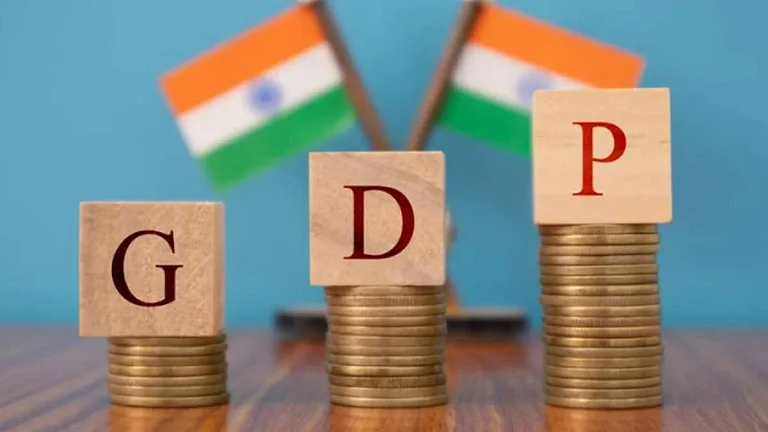The combination of monetary policy stance and macroprudential measures by the Reserve Bank of India (RBI) may have contributed to the demand slowdown in the first quarter of the financial year 2024-25, the finance ministry highlighted in its latest monthly economic review for November. It also asserted there are good reasons to believe the outlook for growth in H2 of FY25 would be better.
“The possibility that structural factors may also have contributed to the slowdown in H1 should not be ruled out. The combination of monetary policy stance and macroprudential measures by the central bank may have contributed to the demand slowdown," the report stated.
"It is good news that the central bank lowered the cash reserve ratio from 4.5 per cent to 4 per cent in its policy meeting in December 2024. That should help boost credit growth, which has slowed a little too much and quickly in FY25,” it added further.
This marked the first official statement from the finance ministry which highlighted its divergent views with the RBI regarding growth and inflation. Earlier, former RBI governor Shaktikanta Das also underlined in his farewell media brief that the perspectives of the finance ministry and RBI may differ at times but they have been able to resolve all such issues.
Before the RBI Monetary Policy Committee (MPC) meeting earlier this month, commerce and industry minister Piyush Goyal urged the RBI for a rate cut while finance minister Nirmala Sitharaman also called for an affordable bank borrowing rate.
The RBI has been maintaining the repo rate at 6.5 per cent since February 2023.
"Everyone is entitled to their views but as I look at it, growth is impacted by a multiplicity of factors, not just one factor of repo rate," said Das in his departing message.
November economic review also pointed out that hiring and compensation practices in the corporate sector have also played their part in slowing urban consumption growth, something that earlier chief economic advisor Venkatramanan Anantha Nageswaran urged India Inc to improve.
India's growth slumped to a seven-quarter low of 5.4 per cent during the July-September period of current financial year.
The finance ministry review also attributed the slowdown to a softening of public capex and private capex levels being affected by global uncertainties, excess capacity, and fears of dumping.
Inflation and Demand
On the inflation front, the RBI has projected CPI inflation at 4.8 per cent for FY25, with Q3 at 5.7 per cent and Q4 at 4.5 per cent. It is also hopeful that food price pressures will decline gradually as the farm sector outlook is optimistic.
On the demand side, 23.2 per cent and 9.8 per cent growth in two and three-wheeler sales as well as domestic tractor sales respectively in October-November, indicating at a resilient rural demand.
Urban demand is also picking up with passenger vehicle sales registering year-on-year growth of 13.4 per cent during the same period alongside robust domestic air passenger traffic growth.
Going Forward
Moving forward, the report indicated at the signs of capital formation growth rebounding early in H2 of FY25, with the Union government capex also picking up pace.
The government anticipates a surge in overseas inflows into India, driven by strong macroeconomic fundamentals, rising industrial output, and the success of production-linked incentive (PLI) schemes designed to draw more foreign players. This optimism persists despite the backdrop of ongoing geopolitical challenges.
Growth Outlook for FY26
Looking at the growth in FY26, the report highlighted that fresh emerging global uncertainties may play into this.
"Global trade growth is looking more uncertain than before. Elevated stock markets continue to pose a big risk. The strength of the US dollar and a rethink on the path of policy rates in the United States have put emerging market currencies under pressure," the review noted.
It asserted that sustaining growth will require a deeper commitment from all economic stakeholders to growth.






























